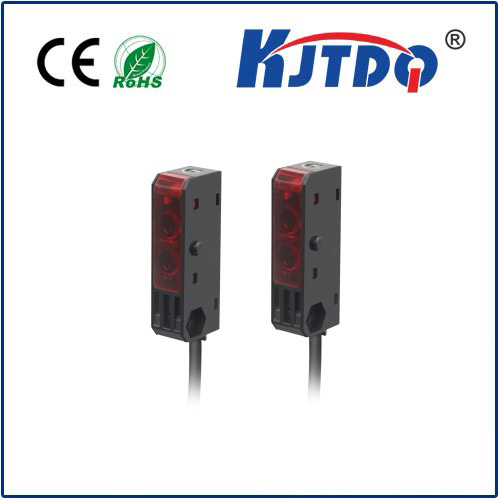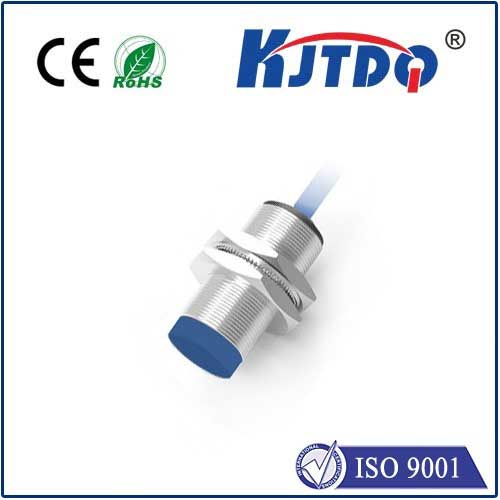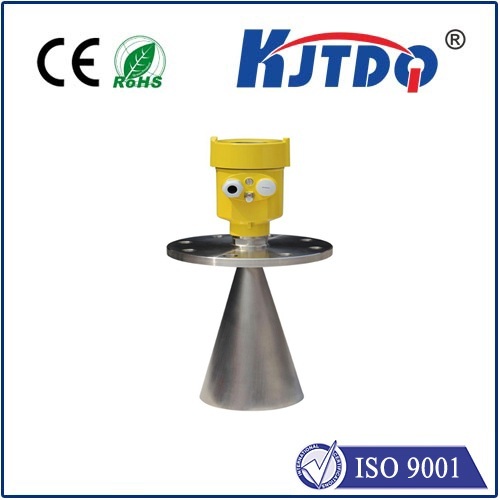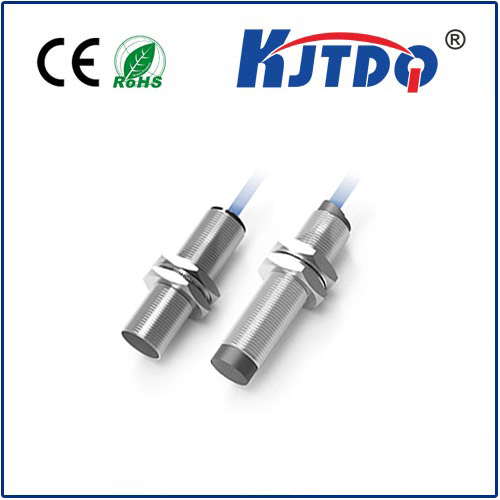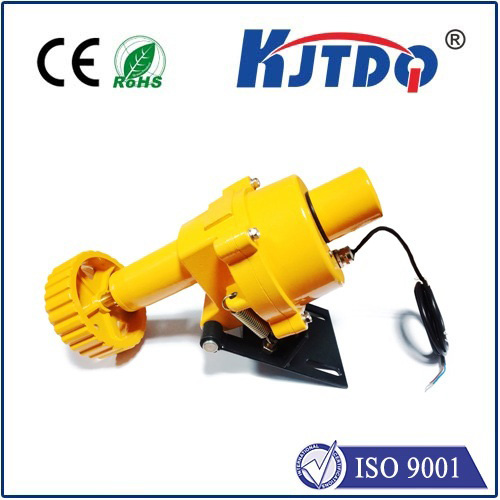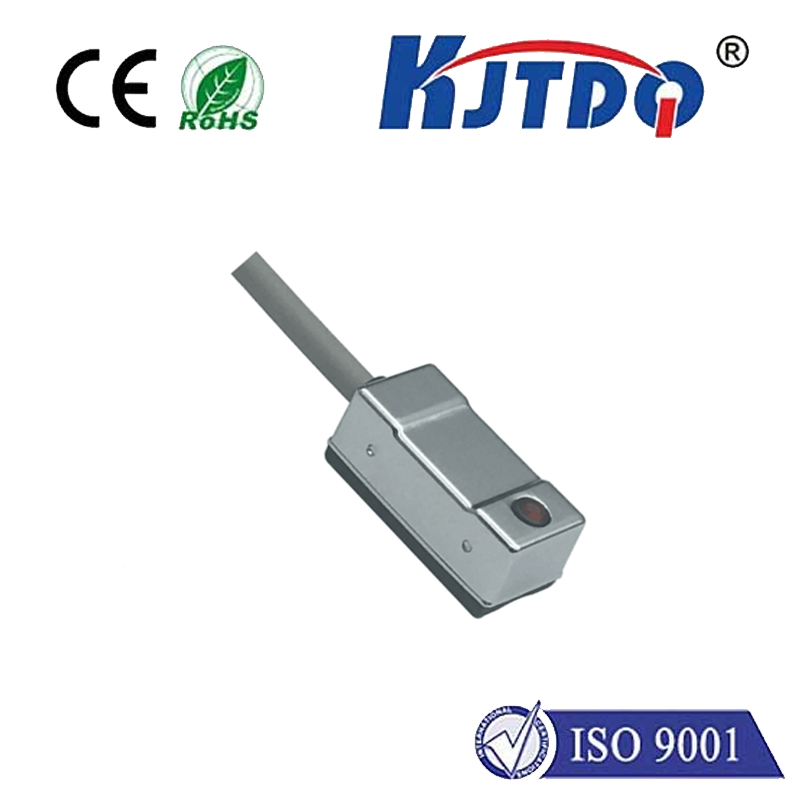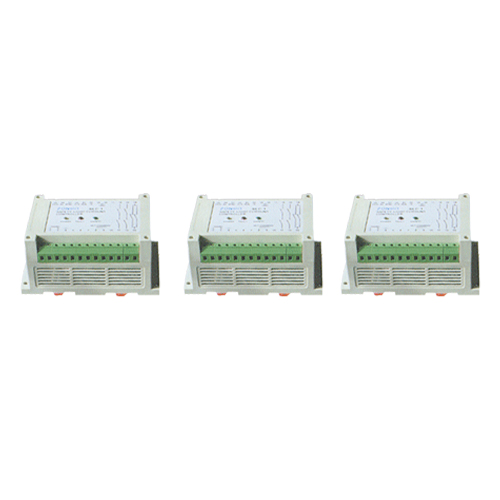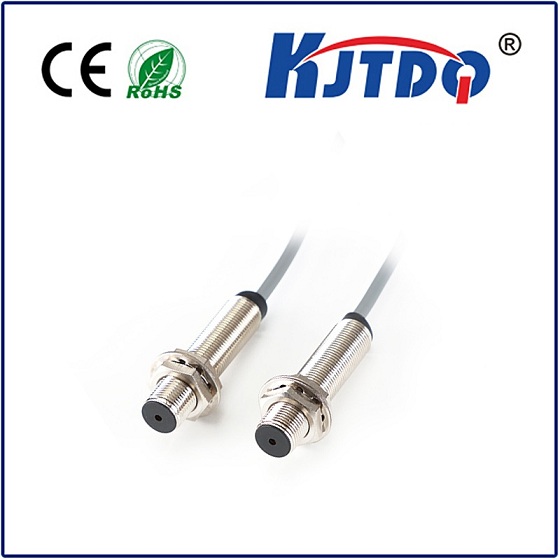

check

check

check

check

check

check

check

check

check

check
In the rapidly evolving world of modern industry, the adoption of advanced technology plays a pivotal role in enhancing efficiency, precision, and safety. One such technological marvel that has found myriad applications across various industrial sectors is the cylindrical photoelectric sensor. These sensors stand out due to their unique design, reliability, and versatile functionalities, making them indispensable tools in automation and control systems.
At their core, cylindrical photoelectric sensors function by detecting the presence or absence of an object through the interruption of a light beam. Unlike conventional sensors, these devices are housed in a cylindrical casing, which not only provides durability but also allows them to be easily mounted and integrated into different machinery and systems. Their working principle revolves around a light-emitting diode (LED) and a photodiode or phototransistor paired together within the cylinder. When an object passes between the two components, it disrupts the light path, triggering an electrical signal that signifies the detection event.
Cylindrical photoelectric sensors boast several characteristics that contribute to their widespread popularity:
Compact Size: Their cylindrical shape enables easy installation in tight spaces where other sensor types might struggle.
High Sensitivity: Advanced models can detect even minute changes in light, allowing for precise measurement and control.
Adjustable Range: Many units come with adjustable sensitivity settings, enabling users to fine-tune performance based on specific application requirements.

Durability: Enclosed in a robust casing, these sensors are resilient against environmental conditions such as dust, moisture, and vibrations.
Versatility: Suitable for a wide range of applications including counting parts on a conveyor belt, monitoring levels in tanks, and ensuring产品质量 control during manufacturing processes.
The adaptability of cylindrical photoelectric sensors makes them suitable for diverse industries:
Automotive Manufacturing: In production lines, these sensors ensure components are correctly positioned and spaced, contributing to the assembly of high-quality vehicles.
Food Processing: They play a critical role in maintaining hygiene standards by monitoring packaging integrity and detecting foreign objects in food products.
Pharmaceuticals: In drug manufacturing, these sensors verify tablet counts, label presence, and proper bottle filling, ensuring compliance with stringent regulations.
Logistics & Warehousing: By tracking packages on conveyor belts and checking storage levels, they enhance logistics efficiency and reduce errors.
Energy Sector: From counting coal pieces on a conveyor belt to monitoring fluid levels in chemical plants, their applications extend even into energy production and management.
As technology continues to advance, we can expect further enhancements in cylindrical photoelectric sensors, such as:
Integration with IoT: Connecting these sensors to the Internet of Things (IoT) would enable real-time data collection and analysis, facilitating predictive maintenance and optimization of industrial processes.
Enhanced AI Capabilities: Incorporating artificial intelligence could lead to more accurate detection and decision-making capabilities, adapting to complex scenarios autonomously.
Sustainability Improvements: Development of eco-friendlier materials and energy-efficient designs to align with global sustainability goals. In conclusion, cylindrical photoelectric sensors have firmly established themselves as integral components in modern industrial automation systems. Their combination of compactness, sensitivity, adjustability, durability, and versatility positions them at the forefront of sensing technology, driving innovation and efficiency in countless applications worldwide. As we look towards the future, ongoing advancements promise to expand their capabilities even further, solidifying their significance in shaping tomorrow’s industrial landscape.
